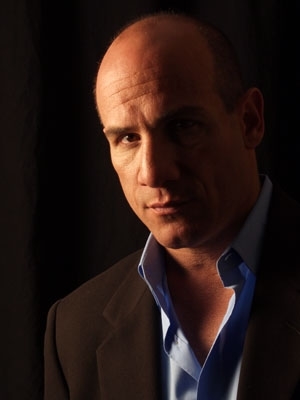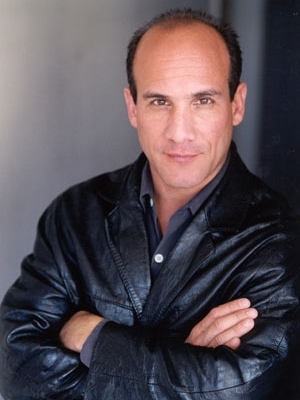So I received a phone call the other night from a young woman doing an opinion poll for the Dove Foundation. Never heard of it. And why am I receiving this call when I’m on the National Do Not Call Registry? Oh, they’re a non-profit organization and thus excempt.
Now, usually, I try to get off the phone as quickly as possible with telemarketers, which is why I joined the Do Not Call Registry in the first place. Duh. But then I heard words such as “Hollywood” and “movies” coming out of my phone. Okay, now that caught my interest. So I endured listening to questions that were obviously scripted, read in a monotone voice, and sounded as if they had been repeated hundreds of times…they probably had been. (Maybe if they gave telemarketers acting or public speaking lessons, it wouldn’t be so painful to listen to them drone on.)
Anyway, I was asked questions such as: Do you believe that offensive material in TV, Movies and the Internet is on the rise? Do you want to see more wholesome family entertainment made? And others along the same vein of thought. I answered her questions, and asked a couple of my own. Her explanation seemed to imply that they were creating a new way of distributing family-friendly movies directly to the customer and bypassing the traditional Hollywood distribution system. Huh? Non-profit? That didn’t add up.
In order to learn more I had to agree to have another person call me back with more info. Well, I guess they haven’t trained their telemarketers on what to do when they call someone who is trying to make films themselves, because she quickly hung up on me when she found out.
Still curious about this group, I did a quick search and found their website. Turns out that the Dove Foundation is a non-profit organization whose mission is to “encourage and promote the creation, production, distribution and consumption of wholesome family enterainment.” They plan to let Hollywood filmmakers know the desires of the public by presenting their findings to studio heads, as well as the media, with the hope of influencing Hollywood to clean up its act. So I’m not sure what that young woman was talking about because there is nothing on their website (that I could find) about a new distribution system.
What was really interesting, though, was their Profitability Study of MPAA-Rated Movies. According to their study, “during the last four years, the average G-rated movie was 11 times more profitable than an R-rated movie.” They also claim that G-rated films “produced an average rate of return on investment (ROI) three times greater than R-rated films.”
This raised the question, how do they calculate ROI when many costs incurred in making a movie are usually not disclosed by studios? According to the report, this was done by subtracting negative costs, P&A (prints and advertising), and video manufacturing costs from worldwide box office, TV, and video gross revenue. While using this method doesn’t give us the actual profit, it does give us a relative assessment of a film’s ROI, which is viable because the same formula is applied equally across-the-board to all the films.
Now, I’m not going to go into moral issues or artistic/creative reasons that may or may not influence the content of a film and thus its rating. I do have a personal opinion on this subject and if I’m fortunate enough to be able to make a career out of producing films, my viewpoint will become apparent in the types of films I choose to do. But considering this from a strictly business perspective, the study makes some good points.
Just because G-rated movies tend to be more profitable doesn’t mean that audiences are looking for an endless bombardment of kiddie flicks. However, according to the study, just lowering an R-rating to a PG-13 or a PG-13 to a PG can increase the audience and thus the potential profitability of a movie.
Whether the findings of the Dove Foundation have any impact on what we see at theaters remains to be seen. Hollywood, with its deep pockets, can get away with producing fare that doesn’t always make a profit; but independent filmmakers rarely have that luxury. A producer who hopes to make a living from making films and an investor who hopes to see a return on his/her investment should give serious thought to whether the project being developed/backed is reaching as big an audience as possible.




